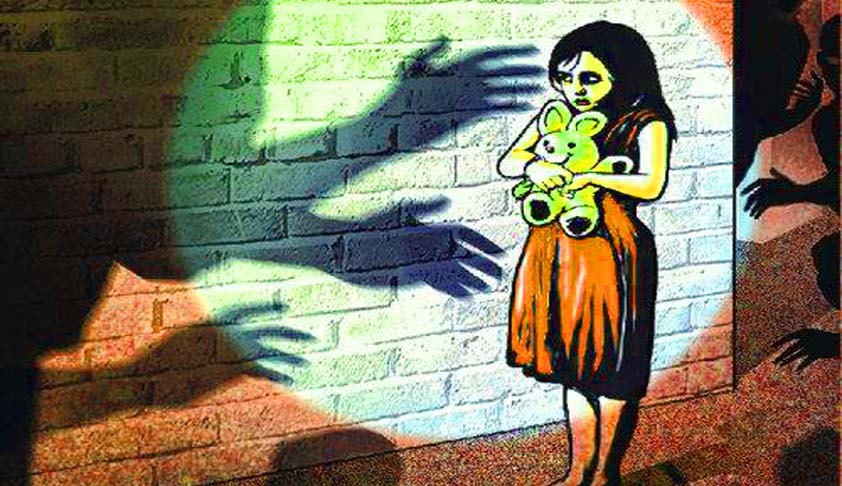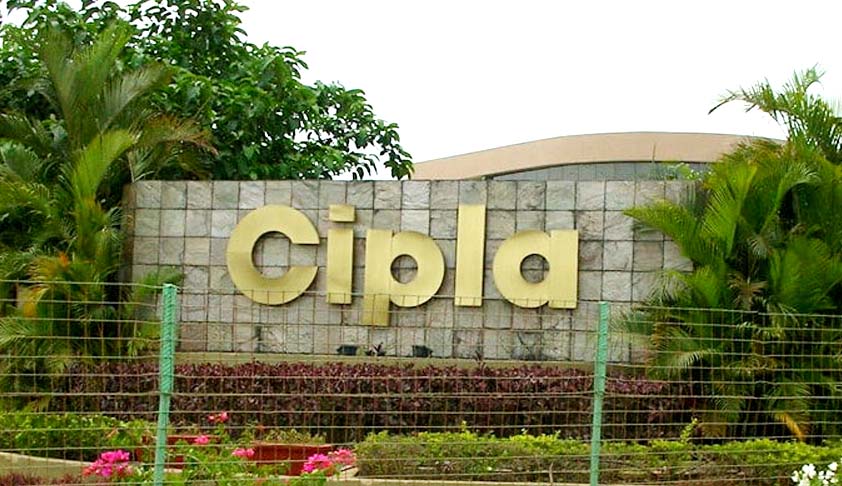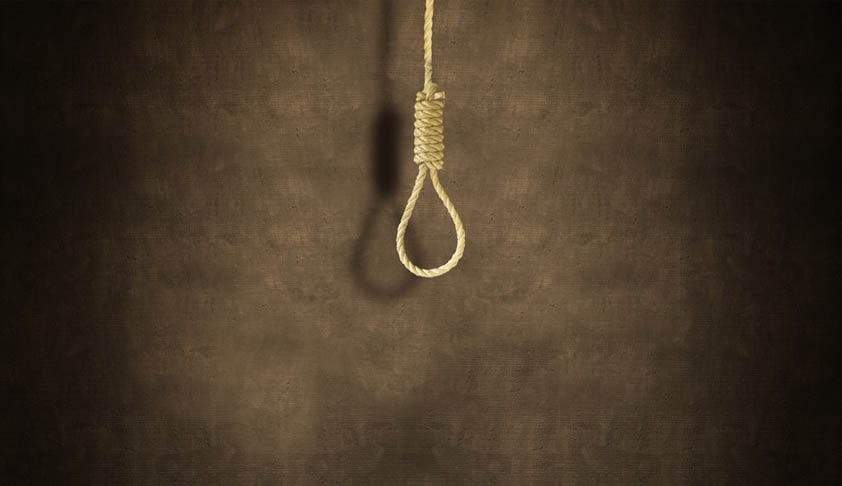![]() Avani Bansal
Avani BansalEvery lawyer has an ethical responsibility to provide legal services to those who cannot afford it. Today, as the number of lawyers and law firms increase, the numbers of those who are in need of legal services, but do not have access to them has also risen. Several jurisdictions cast some form of legal responsibility on the lawyers to provide pro bono services. For instance American Bar Association Model Rule 6.1 provides that ‘every lawyer should aspire to render at least (mandatory) hours of pro bono publico legal services per year.’ Indian Law Minister, Mr. Ravishankar Prasad recently announced that weightage will be given to lawyers who provide free legal services to poor, in judicial appointments for High Courts and Supreme Court.
However, the level of commitment of lawyers to fulfill their professional responsibility of carrying out pro bono service differs. Also the different stakeholders in the system have different levels of motivation to see a sound pro bono practice in place. The clients, irrespective of their ability to pay, expect quality legal services. The law firms, including the big and small players, may take up pro bono service either as a way to train their new associates, or to set up a reputation as ‘do gooders’ or may really be committed to carry out pro bono work. There are also a few legal aid lawyers and officers who may help clients in a variety of ways because they are mandated to do so as part of National Legal Services Authority (NALSA) or State Legal Services Authority.
There are several themes in the background of the debate on pro bono practice. For instance, the cost of pro bono work and who should pay for it is one concern. How if at all can the gap between the demand and the supply of legal services be filled is the bigger question. What should be the role of firms in providing pro bono services could be another question to look into. Recognizing that there are these different themes and challenges underlying the pro bono debate, I have chosen to focus on one strand of this debate in this piece viz. - what are the different models for pro bono practice at law firms? I intended to sample law firms across different regions in the world to understand if and how the geographical differences play a role in the pro bono practice of law firms. This question emerged in part due to my observation of the differences in pro bono practice in different jurisdictions. I got my basic legal education in India, where I had a chance to work with the top law firms. I then went to United Kingdom to study at University of Oxford and while doing so, met several partners at UK firms and interned with a law firm at Oxford. In the United States of America, I had a different experience in talking to people as regards the pro bono practice of law firms. Therefore, through this research, I want to understand the differences in the pro bono practice of firms across geographical regions.
- Interviewees And Scope Of The Research
I interviewed the associates at 1 Nigerian firm, 1 Turkish firm, 1 Indian firm, 2 USA firms, and a consultant who has been working on this issue for many years. These were the formal interviews conducted telephonically but I also want to acknowledge the several informal conversations with my colleagues who have worked in law firms in different parts of the world. Due to confidentiality concerns, the names of the firms cannot be disclosed. In interviewing the people at the firm, I tried to focus on interviewing Associates who have been at the firm for a while but not for too long. The aim was to get as much non-biased information as possible and speaking to partners, I thought might lead to biased responses. But I also spoke to 2 people who have been working on this issue amongst others for many decades, to ensure that this research paper encapsulates their experiences.
The scope of this project was limited to finding the factors internal to a law firm, that make the difference in whether or not it has a substantial pro bono practice. There were a few questions in the questionnaire that did take into account external factors for specific purposes. For instance one of the question related to whether or not a mandatory legal requirement by the government to do a certain number of pro bono hours is a good idea. This was to understand whether such a policy will be effective and also the perspectives of the lawyers at firms towards any such mandatory requirements. But largely this project focuses on factors that are internal to the workings of a firm in the strength of its pro bono practice.
Main Findings
This section discusses the main findings of my research as regards the differences in the pro bono practice of law firms.
- Spectrum Of Institutionalization
First, there is a difference in the level of institutionalization of the pro bono practice at law firms. I found that there is a spectrum of institutionalization ranging from firms which have no institutionalized culture of pro bono practice and firms which have a fully functional, systemic and institutionalized pro bono practice, with other firms ranging in between with some institutional factors. In India, all lawyers are on their own in terms of carrying out pro bono as a result of which no one does it at a regular basis. There is no institutionalization, even in the biggest firms. In Nigeria and Turkey, I saw some institutionalization. So litigating lawyers as opposed to corporate lawyers usually take up pro bono clients who are mostly individuals but sometimes non-profit organizations too. Only a handful of lawyers perform pro bono. The two US firms are known for their pro bono practice where around 75% or more lawyers around all offices perform a minimum of 20 hours and up to 50 hours of pro bono work. The clients are usually on a retainer basis, these are non-profit organizations. These firms also have programs outside pro bono practice whereby they take up different charitable causes. This is not to suggest that all firms in USA have an institutionalized pro bono practice. Nothing will be further from truth but the point is that USA is also home to firms which have relatively much better institutionalized pro bono practice at law firms than some of the other countries.
- Key Differentiators In The Success Of Pro Bono Practice
Secondly, a key takeaway was to understand, what makes some firms undertake more pro bono than others? There are three key factors I found which resonate with some of the things we have discussed in this class.
- Commitment of top leadership to pro bono practice
Firms can have a good or a not so good pro bono practice. The fact is that any amount of time and resources devoted to or directed towards pro bono practice is time and resources taken away from billable work. Therefore at some level, there is an inevitable conflict of more pro bono work and more billable work. Therefore, a key differentiator in understanding why some firms have more pro bono practice than others is to see the level of personal commitment of the leadership, including either the vision of the founding partners and/or the continued commitment of new leadership to ‘contributing to the good of the society.’
- Culture of the firm and the country where pro bono is practiced
Just like a restaurant with many clients attracts even more, and a firm doing good business attracts even more business, the firm that is doing more pro bono seems to do more with every passing year. It is the overall culture of the firm and the region which makes more and more people takes increasingly more pro bono work. The US firms which have strong pro bono practice have 70 percent or more lawyers taking up pro bono work up to 20-50 hours. This contrasted to a culture where only a handful of lawyers take up pro bono work is reflective of the internal culture and perceptions of the lawyers towards pro bono practice. At the former firms, pro bono is looked upon favorably and more lawyers want to do it. This is unlike in firms which have a culture of passing on the pro bono work either to junior most lawyers or to lawyers in particular domains of law, implicitly suggesting how much value those firms attribute to lawyers who do pro bono work [‘Workplace policies’ in Deborah L. Rhode, Access to Justice, Oxford University Press, 2004 p. 168]. In short, culture counts and the overall culture of the firm influences in the pro bono practice of the firm.
- Incentive in terms of counting the pro bono hours the same as billable hours, recognizing pro bono hours for bonuses and other recognitions
This point makes all the difference in the pro bono culture of the law firm. If the firms consider pro bono work the same as billable work, by granting similar recognition to lawyers when calculating salaries, bonuses etc., then that sends out a very strong signal that the firm is serious in its commitment towards pro bono practice. So, firms that have a structured pro bono practice are those who have made a strategic choice about it, with a clear vision towards a strong pro bono practice. Aric Press mentioned during the interview that law firms consider pro bono work not just as a way to train the lawyers but also to keep up their motivation in a market that is being disrupted in more ways than one. Some firms have awards in place for associates who perform the maximum number of pro bono hours. But more than the awards themselves, it is a sense of community, ability to choose public interest work akin to one’s interests, easy and efficient administrative procedures in place to find out about the pro bono opportunities in the firm are some of the incentives that make a difference.
Having explored some of the factors that are key differentiators in determining what makes some firms better at pro bono practice, this section looks into what can firms do moving forward to further strengthen their pro bono practice. It is important to note that all lawyers I interviewed without an exception think that their firms can do more towards pro bono practice. This includes law-firms that are already world leaders in the pro bono practice models.
However, most of them noted that any attempt from the government to introduce a mandatory policy of a certain number of minimum pro bono hours will frustrate the cause more than supporting it [Esther F. Lardent, Mandatory Pro Bono In Civil Cases : The Wrong Answer to the Right Question, 49 Maryland Law Review 78, 97-99 (1990); Debra Baker, Mandating Good Works: Colorado Proposal Requiring Pro Bono Draws Fire From Most Lawyers, 85 ABA Journal 22 (1999)]. This is for a variety of reasons but most notably, it will mean that a lot of lawyers will only do pro bono to check the box so to say and the quality of pro bono work may be compromised. Secondly, this may prove a hurdle to promote an out of box thinking on part of the firms to come up with community programs, and other public interest projects which cannot be directly measured in terms of a certain number of hours. A lot of firms do have these programs in place, where they host events, programs, etc. to raise awareness about a certain cause. But the self-interest of firms against having a mandatory requirement cannot be lost sight of when discussing this issue. The policy regulators or the government can very well argue another side of this issue. This argument suggests amongst other things that mandatory requirements ‘would support the many lawyers who would like more pro bono involvement, but who are in workplaces that fail to provide adequate resources or credit for such work.’ [Deborah L. Rhode, Access to Justice, Oxford University Press, 2004 p. 188]. Also any mandatory requirement need not be necessarily for requiring a particular number of hours for pro bono service. It can also include that lawyers report their contributions to legal aid and public interest causes or that they make a minimum donation etc.
One suggestion that three out of the six lawyers I interviewed made is that there is a need for more collaboration amongst the law firms to help reach out to more clients who need legal services. In other words, if the law firms can pool their resources and talent, then they can leverage their collective power to take up more impactful projects, more number of projects etc. and serve the clients better.
One thing that the firms can work towards, going forward is the concept of triage. Deriving from the French verb trier, meaning to sift, separate or select, it is a concept that is usually applied in medicine to prioritize the patients depending on the severity of their wounds. Even though some of the law firms are doing admirable pro bono work, it is no where sufficient in the light of the demand for legal services by the weaker sections of the society. Therefore, given the wide gap between the providers of the pro bono legal services and the sheer numbers of those who are in need of it, law firms can explore the possibility of applying the concept to triage in determining which clients to serve. Most law firms I interviewed prefer providing legal services to non-profit organizations, who are usual their clients on a retainer basis. But perhaps devoting resources towards determining what kind of clients most need their legal services could be helpful in achieving maximum impact with limited resources. This is not to suggest that determining which clients’ priorities should be given a higher value is an easy task, would be far from truth. This is why this remains a recommendation in its nascent stage, that needs further research. But why of a concrete suggestion, firms can form a research team to look into ways of collaborating and applying the concept of triage to the clients who come to them, by pooling their resources.
Much has been done towards developing the models of pro bono practice but clearly a lot more remains to be done.
![]() Avani Bansal is an Advocate practicing in the Supreme Court of India. She has pursued her B.A.LL.B from HNLU, Raipur and Masters in Law from University of Oxford and Harvard Law School. Write to her at advocateavanibansal@gmail.com.
Image from here.
Avani Bansal is an Advocate practicing in the Supreme Court of India. She has pursued her B.A.LL.B from HNLU, Raipur and Masters in Law from University of Oxford and Harvard Law School. Write to her at advocateavanibansal@gmail.com.
Image from here.
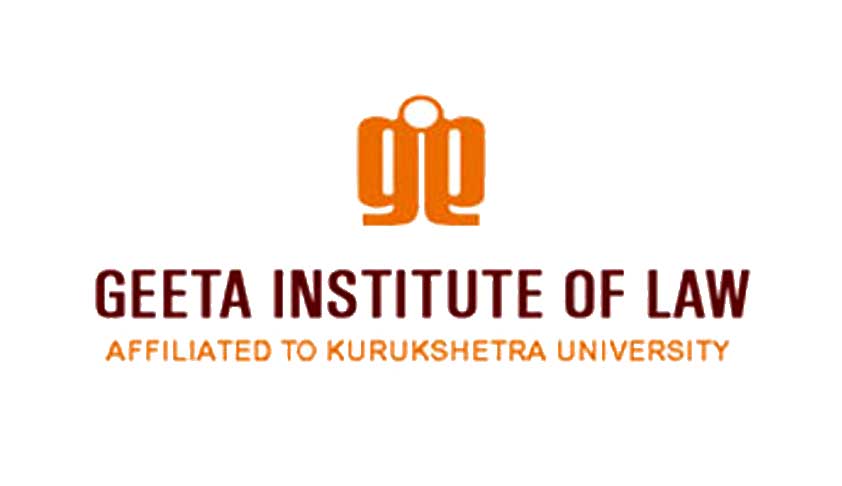



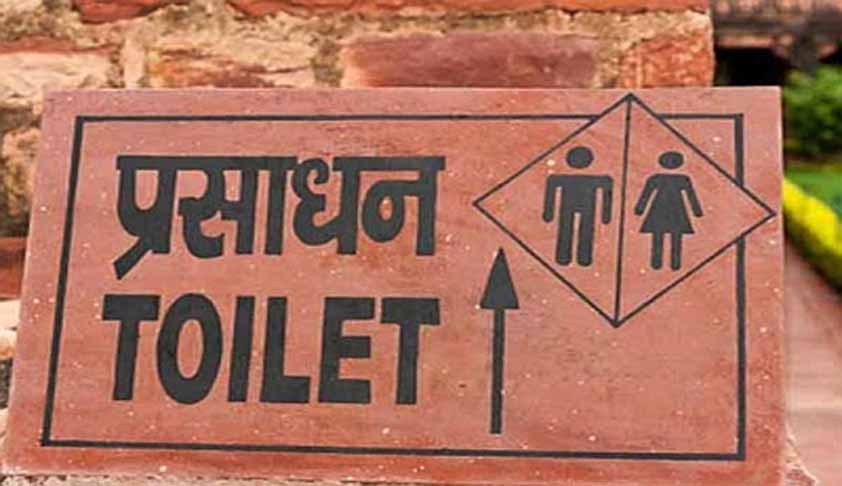

 Avani Bansal is an Advocate practicing in the Supreme Court of India. She has pursued her B.A.LL.B from HNLU, Raipur and Masters in Law from University of Oxford and Harvard Law School. Write to her at advocateavanibansal@gmail.com.
Image from
Avani Bansal is an Advocate practicing in the Supreme Court of India. She has pursued her B.A.LL.B from HNLU, Raipur and Masters in Law from University of Oxford and Harvard Law School. Write to her at advocateavanibansal@gmail.com.
Image from 



